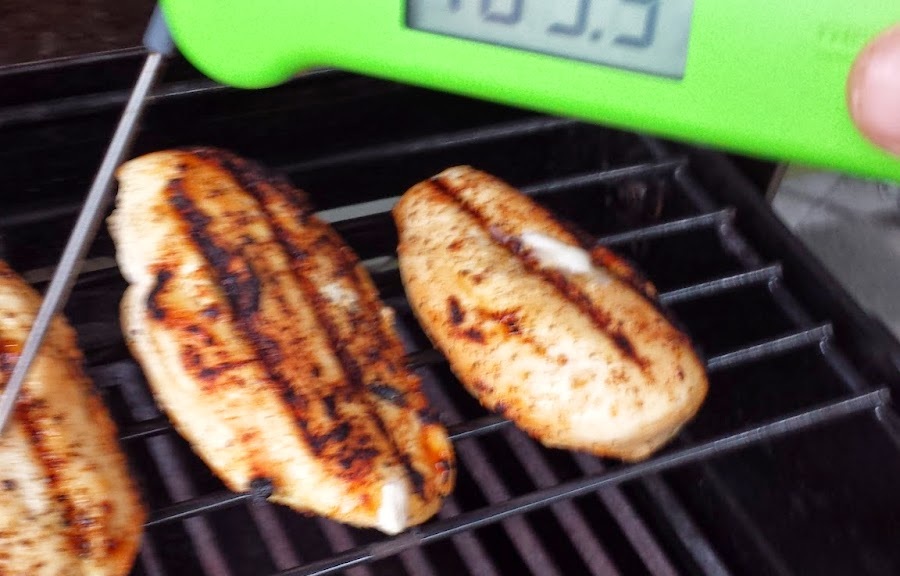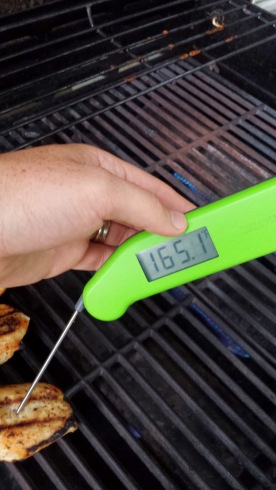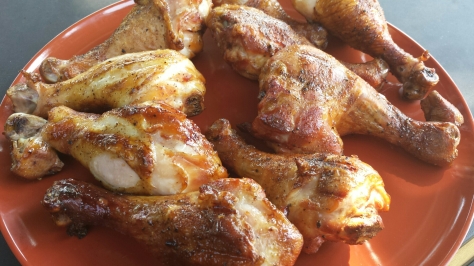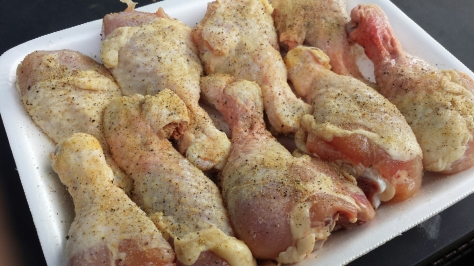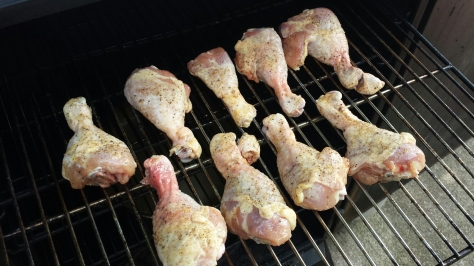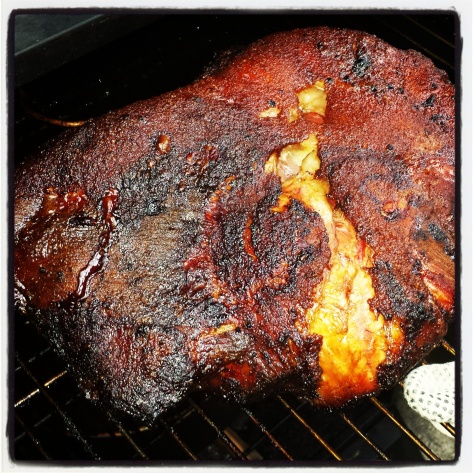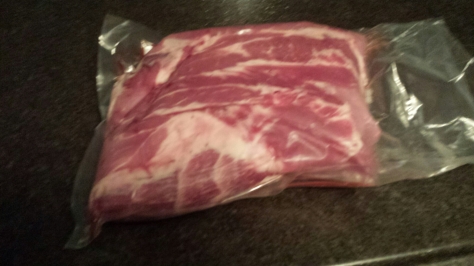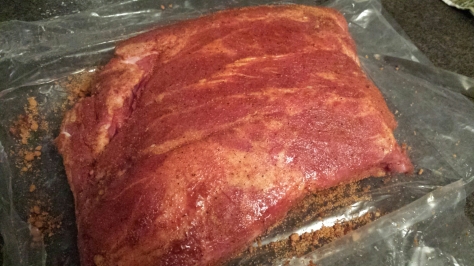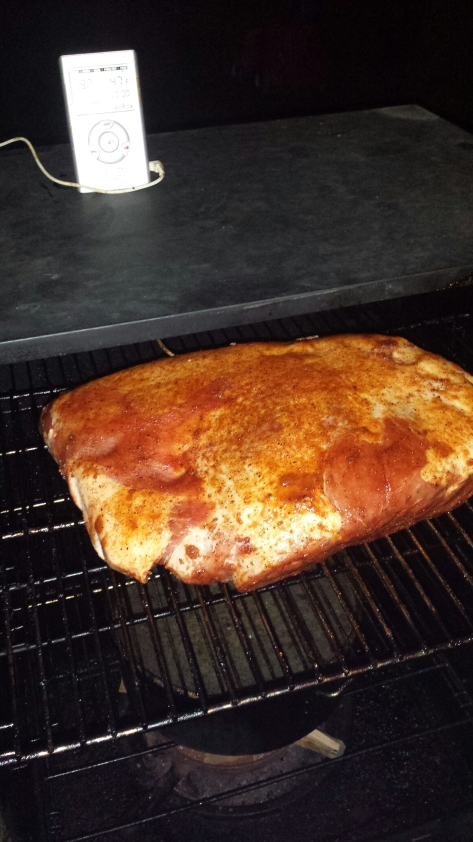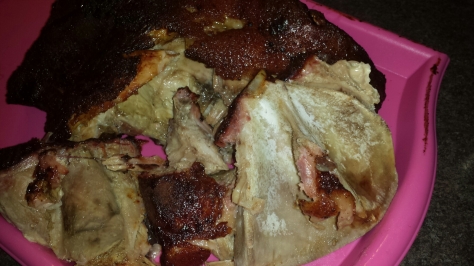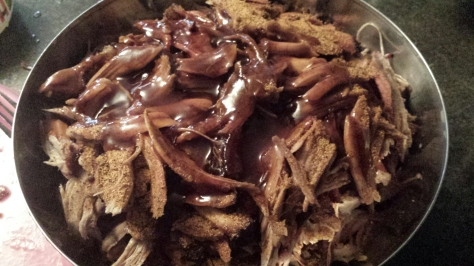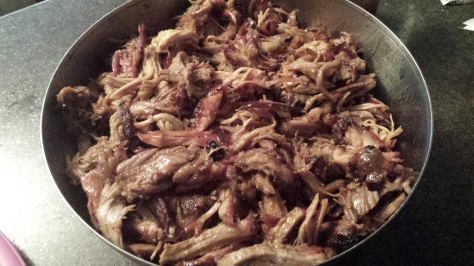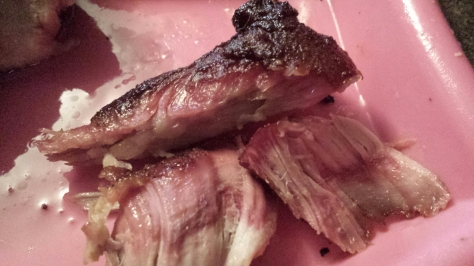Temp vs Time. A battle as old as time. The epic struggle between gut feeling and instruction. The quest to understand that not all things are created equal and it is these differences that define it.
Now I’m not talking about any epic moral dilemma here, but simply the idea that not all recipes are created equal and not all items we plan to cook (especially proteins) can be “recipized”. I just invented a word I think (autocorrect’s red underline lets me know!).
Let’s look at some facts. Almost all recipes in existence will note a time till completion. These road maps to our current culinary adventure give us something concrete and solid to hang on to and guide us. For most recipes, you can follow them from stem to stern as written and end up with a wonderful dish. Here is the exception: Meat. Have you ever come across a turkey that was cooked for the recommended time per pound as suggested and still need 17 cups of gravy to get through it? Have you ever cooked 2 pieces of chicken, one over done and one still pink? Ever cooked a steak for 4 minutes per side and not end up with that perfect medium rare the website you were referencing promised? Wanna know why?
Time is not king when it pertains to meat. The key to successful protein perfection? Temperature.
An investment in a decent temperature gauge for internal meat temperature will instantly improve your success with meat.
Beyond just the gadgets and tools we use to monitor our meat’s progress we also require an understanding that meat has a mind of its own, so to speak. I present for your consideration a small tale of two beings, locked in unending struggle. The epic story of meat’s fight to be unpredictable and one man’s journey to understanding. Enter our protagonist; a BBQ enthusiast with over 7 years of competitive BBQ experience. A BBQer who has cooked more than a thousand pounds of pulled pork in that time period. Behold the nemesis; pork shoulder. In that 7 years our hero has been in a constant battle to put these pork shoulders in a cooker and have them cook at a relatively consistent rate. The result? Pork taking as little as 12 hours and in one extreme case just under 24. The morale of the story? Don’t fight the meat. It is boss. It decides when it wants to come off the cooker. It calls the shots. All we can do is show it the path to completion and give it gentle pokes and prods here and there to speed it on its way. This applies across the board in the world of meat and is by no means unique to pork.
Introducing the Thermapen by Thermoworks. The thermometer of choice by almost every serious competitive BBQer I know. The reason? It is super accurate, has a small needle which creates a super small puncture hole in the meat and it is actually instant. You have probably come across temperature reading products that boast “Instant Read” on them, especially meat thermometers. Thermapen actually delivers on that promise. The ability to lift a lid, open a door, remove a cover (or however you access your pit) for as little time as possible is just awesome. The less time the lid of your BBQ stays open the more heat you retain and minimizes the amount of time required for the cooker to heat back up to the proper cooking temp. When working with charcoal especially this is crucial.
 Photo courtesy of www.hsn.com
Photo courtesy of www.hsn.com
If you prefer to monitor the meat during the entire cooking process get your hands on an internal meat probe. These beauties provide you with the ability to leave the probe in the meat throughout the cooking process. I would recommend the Maverick Redi Chek brand available at www.bbqs.com. Other cheaper brands of meat probes are available at almost every big box department store and some of the larger grocery stores. They usually consist of a base unit with a display and a probe for the meat.
Of course there is always the old school method to meat reading….touch it. There are countless web posts talking about how meat should “feel” when it is at a certain doneness. This takes a tremendous amount of trial and error and experience. Sure, I’ve tried it, however I will say this…I have been wrong just as many times as I have been correct. I prefer my new fangled gadget thank you. This is by no means a knock to those of you who prefer this method, but for me, why ride a bike when you can drive a sports car?
The ultimate conclusion would read as follows. Timelines given to recipes that include large or tough cuts of meat should be viewed as simply a guide. A suggestion really. A rough idea on how long you can expect to be committed to your current culinary adversary.
Investment in an accurate temperature measurement tool can save you not only heartbreak at the dinner table but also give you a tool that you can use to ensure you get the results you desire. Steaks cooked to the exact doneness you prefer. Chicken that is both fully cooked and full of moisture. Pork tenderloin wonderfully charred on the outside but still slightly blushing with a hint of pink on the inside. It is by far my most relied upon BBQ tool beyond the cooker itself. Get one.
If you have any questions about these products please do not hesitate to leave a comment below and I will do my best to help you out!
M.D.

